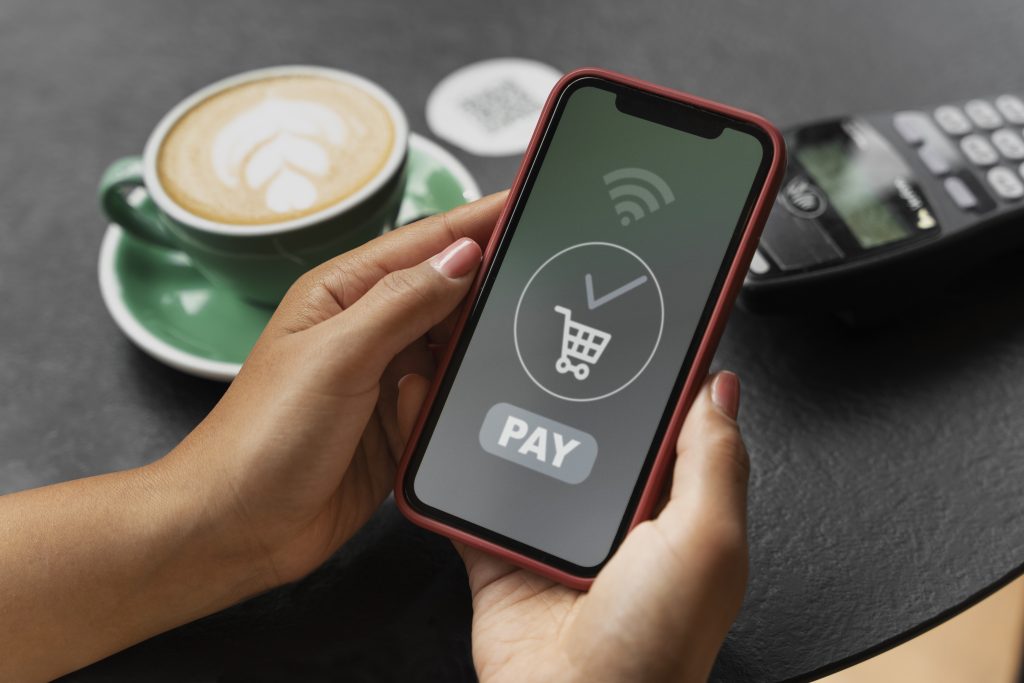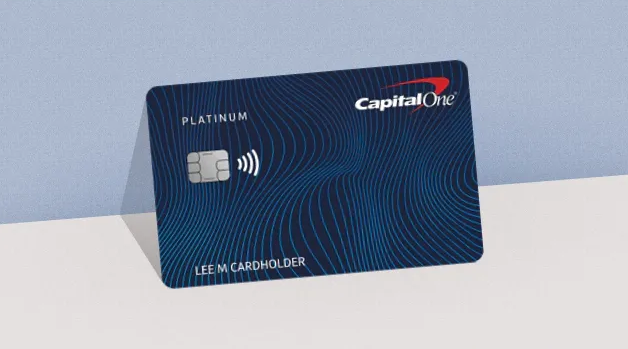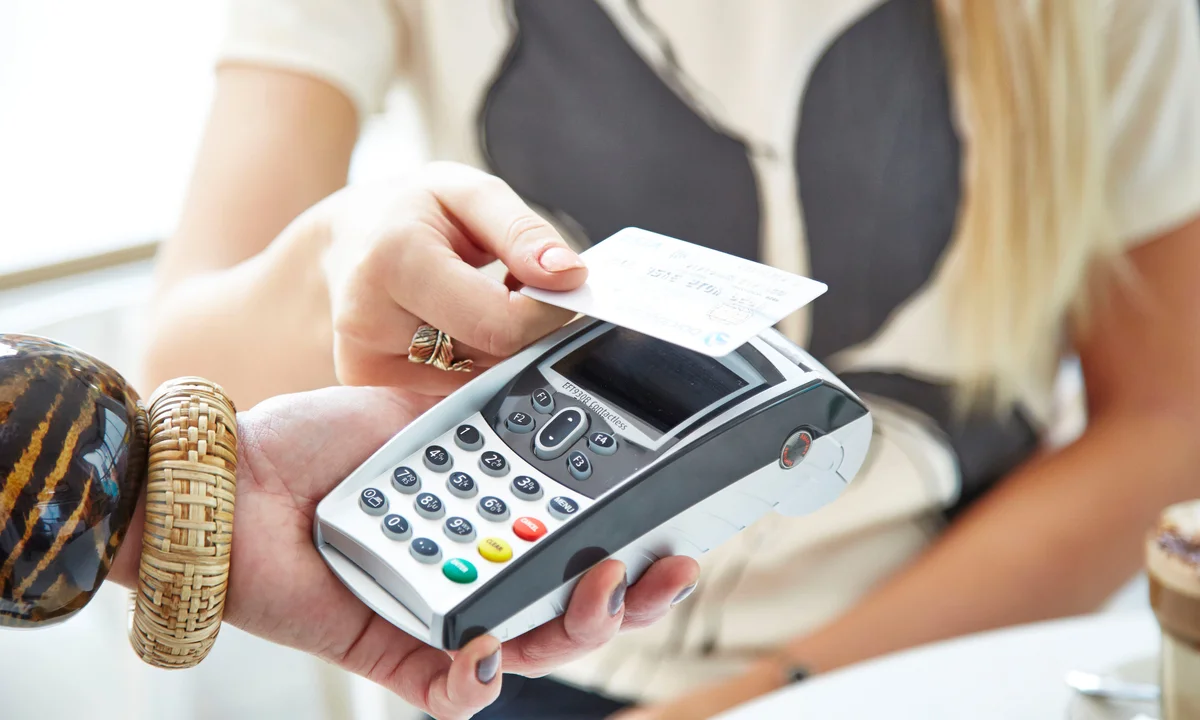Digital cards are revolutionizing the way consumers handle transactions in the United Kingdom. These innovative solutions are being embraced for their convenience and security, changing the landscape of the payment market. As more individuals in the UK turn to digital methods over traditional cash or physical cards, their impact continues to grow.
From simplifying online shopping to offering enhanced protection against fraud, digital payment cards are at the forefront of this shift. In this blog post, we will delve into what digital cards are and how they function, why their adoption is rising, and what this means for the UK’s financial sector.
Page Contents
ToggleWhat are digital cards, and how do they work?

Digital cards, also known as virtual cards, are electronic versions of traditional payment cards that reside in a digital format, often within a mobile app or a digital wallet. Unlike physical cards, these are not tangible objects but offer the same utility and functionality. They are linked to a bank account or a credit line and can be used for a range of transactions, from online shopping to in-store payments using contactless technology.
Users generate unique card numbers for specific transactions, enhancing privacy and security. The primary function of digital cards is to facilitate secure and efficient payments. By using tokenization, a process where sensitive card information is replaced with a unique code, they provide an added layer of security. This method significantly reduces the risk of fraud, as the card details are never exposed during transactions.
Furthermore, digital cards are easy to access and manage through mobile banking applications. Issuers offer various features such as instant block and unblock, temporary card numbers, and transaction alerts, empowering users to have complete control over their spending. These cards can be integrated with popular payment platforms like Apple Pay or Google Pay, broadening their utility and appeal.
Rising adoption of digital cards in the UK
The United Kingdom has witnessed a significant shift towards digital payments, driven by advancements in technology and changing consumer habits. Convenience factor, paired with enhanced security, has made digital cards a popular choice. The COVID-19 pandemic accelerated this trend, as people sought contactless and online methods to perform transactions.
A survey conducted in recent years showed a noticeable rise in the number of digital card users, with younger demographics leading the charge. Millennials and Gen Z are particularly drawn to the ease of use and the ability to manage finances on the go. This demographic shift is pushing financial institutions to prioritize digital offerings, thus increasing competition and innovation in the market.
Impact on the payment market
The growing preference is reshaping the UK payment landscape. Traditional banks face pressure to modernize and offer digital solutions, while fintech companies capitalize on emerging opportunities. This shift is fostering a competitive market, driving innovation and leading to better services and products for consumers.
With more transactions being handled digitally, businesses are adapting by offering digital payment methods at checkout. This shift necessitates updates in infrastructure and technology, ensuring that systems can handle increased digital activity without compromising security. The need for real-time processing and improved fraud detection mechanisms is more critical than ever.
Advantages and disadvantages of digital cards
The benefits of utilizing are vast, primarily focusing on convenience, security, and ease of management. From the comfort of their smartphones, users can conduct transactions, track their spending, and receive instant notifications, providing unprecedented control over their finances. Moreover, digital cards offer superior security features like tokenization and the ability to instantly freeze a card, minimizing the risk of fraud and unauthorized transactions.
However, while digital cards bring numerous advantages, they also have downsides. One potential disadvantage is the dependency on technology and the internet, which means users are vulnerable to outages or connectivity issues. There is also the possibility of data breaches, albeit mitigated by strong security practices.
Lastly, the rapid pace of technological change can leave some consumers behind, particularly older generations who may be less familiar with digital platforms. The learning curve associated with adopting new technologies could pose a barrier to widespread adoption unless concerted efforts are made to educate and support these users.
Final considerations
The rise of digital cards in the United Kingdom is fundamentally altering the payment market, presenting both opportunities and challenges. Their growing popularity is indicative of a broader trend towards digital transformation in finance, which is set to continue as technology progresses and consumer preferences evolve.
Ultimately, digital cards represent the future of payments, offering a seamless experience that aligns with modern lifestyles. As more people make the switch, the demand for advanced features and enhanced security will push providers to offer superior services. Those who successfully navigate this transition stand to benefit in a rapidly evolving financial landscape.



